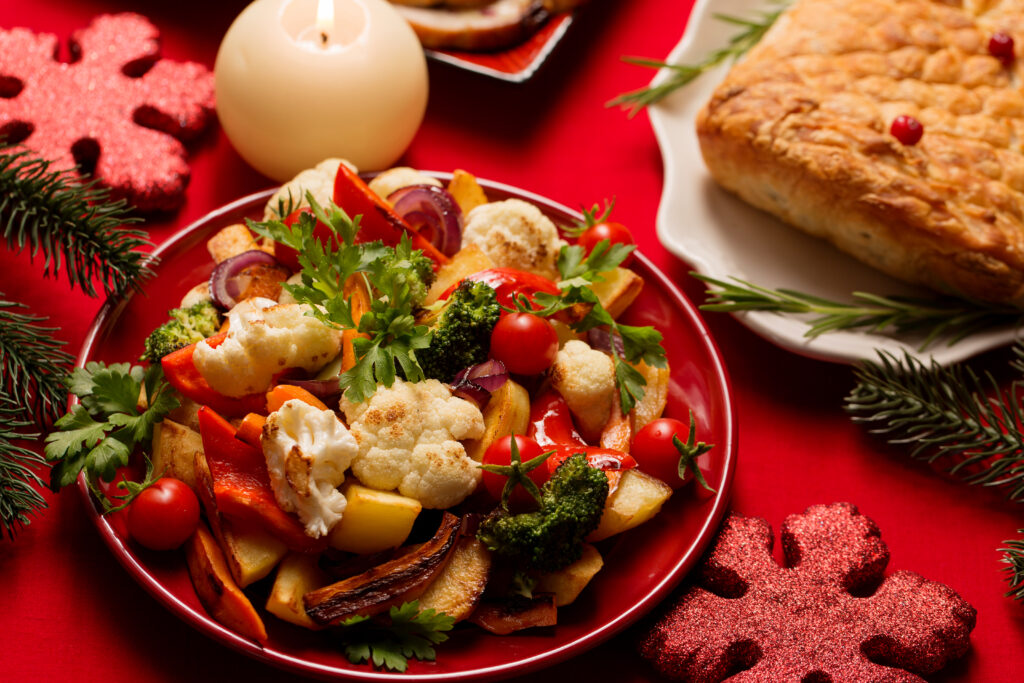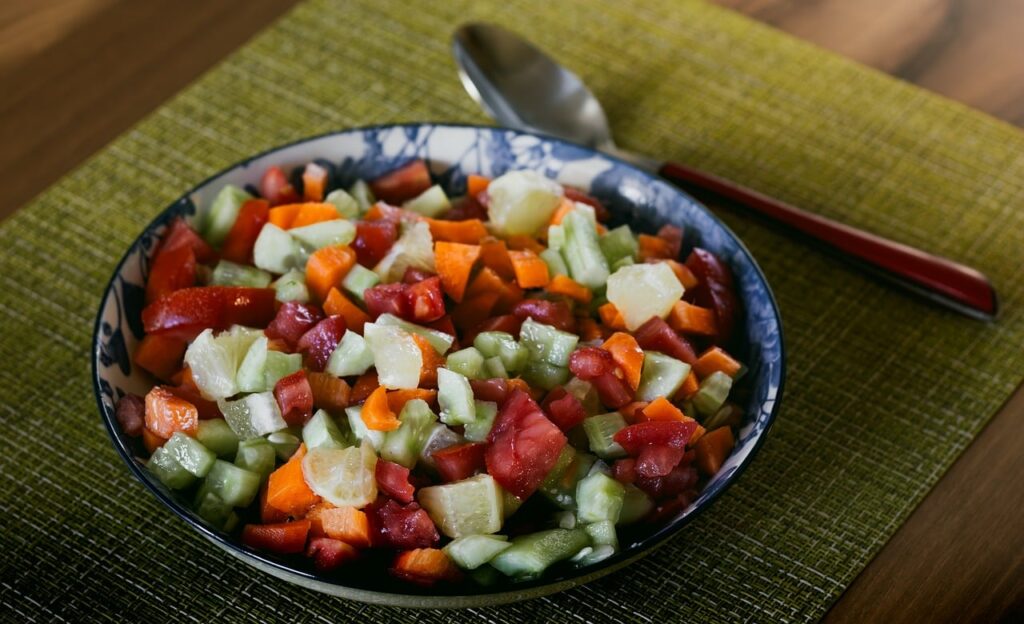Cuba is famous for its rich, flavorful cuisine, but if you follow a vegan diet, you may be wondering what your options are. While traditional Cuban food is often meat- or seafood-based, it’s still possible to find delicious plant-based meals across the island. Whether you’re visiting Havana, exploring small towns, or staying in a Casa Particular, knowing what to eat and where to find it will make your trip much smoother.
In this guide, we’ll cover vegan-friendly Cuban dishes, where to find plant-based food, and tips for eating vegan while traveling in Cuba.
Understanding Cuban Cuisine as a Vegan
Cuban food is heavily influenced by Spanish, African, and Caribbean flavors. Many dishes rely on rice, beans, and tropical fruits, making it possible to find naturally vegan meals. However, due to limited availability of plant-based alternatives, navigating Cuban cuisine as a vegan requires some planning.
Traditional Cuban Staples That Are Naturally Vegan
Some Cuban staples are naturally plant-based, making them great choices for vegans:
- Moros y Cristianos (Rice and Black Beans) – A classic dish made with seasoned black beans and rice.
- Tostones (Fried Plantains) – Green plantains sliced and fried until crispy.
- Yuca con Mojo – Cassava root served with a garlicky citrus sauce.
- Malanga Fritters – A type of root vegetable fried into crispy bites.
- Tropical Fruits – Mangoes, guavas, papayas, and coconuts are widely available.
Common Challenges for Vegans in Cuba
While Cuban cuisine has plant-based staples, eating fully vegan can still be tricky due to:
- Limited access to vegan substitutes – Plant-based milk, tofu, and vegan cheese are rare.
- Animal-based cooking methods – Even plant-based dishes may be cooked with lard or meat broth.
- Language barriers – Not all restaurants understand what veganism is, so it helps to learn a few key phrases in Spanish.
Best Vegan Food Options in Cuba
Traditional Cuban Dishes That Can Be Made Vegan
Many classic Cuban meals can be adapted to suit a vegan diet:
- Congrí (Rice and Red Beans) – Similar to Moros y Cristianos but made with red beans instead of black.
- Ropa Vieja (Veganized) – Traditionally made with shredded beef, but you can ask for a version with jackfruit or mushrooms.
- Tamales Sin Carne – Corn tamales without meat can sometimes be found or requested.
- Cuban-Style Vegetables – Ask for roasted vegetables with garlic and citrus flavors.
Local Fruits, Vegetables, and Market Finds
Cuba is home to fresh, organic produce that’s great for vegans:
- Avocados (seasonal but delicious when available)
- Guava, papaya, mango, and pineapple
- Sweet potatoes, yuca, and plantains
- Tomatoes, cucumbers, and peppers
How to Modify Cuban Meals to Be Vegan
When dining out, you can make a meal vegan by:
- Asking for no meat, cheese, or lard
- Requesting rice and beans with vegetable oil instead of animal fat
- Swapping meat for extra vegetables, avocado, or plantains
Where to Find Vegan Food in Cuba
Best Vegan-Friendly Restaurants and Cafés
While fully vegan restaurants are rare in Cuba, some places cater well to plant-based diets:
- El Café (Havana) – Offers avocado toast, veggie sandwiches, and fresh juices.
- Mediterráneo Havana – Serves vegetarian-friendly Cuban and Mediterranean fusion dishes.
- Camino al Sol (Viñales) – A farm-to-table restaurant with plenty of plant-based options.
Street Food and Quick Vegan Bites
If you’re on the go, look for:
- Batidos (Fruit Smoothies) – Made with fresh tropical fruits and sometimes available without dairy.
- Cuban Bread with Guava Paste – A sweet and satisfying snack.
- Fried Plantains – Often sold at local markets or food stalls.
Grocery Stores and Markets for Vegan Essentials
Supermarkets in Cuba have limited vegan-friendly products, but you can find basics like:
- Rice, beans, and lentils
- Fresh fruits and vegetables
- Bread and peanut butter (if available)
For extra variety, visit local markets (mercados agropecuarios) where farmers sell fresh produce.
Staying in Cuba as a Vegan Traveler
Vegan-Friendly Accommodations
Staying in a Casa Particular (a privately owned guesthouse) is a great option because:
- Hosts can customize meals if you inform them in advance.
- You have the chance to buy and cook your own food.
How to Request Vegan Meals in Casas Particulares
When booking, let your host know you are vegan. You can say:
“Soy vegano/a. No como carne, pescado, huevos ni productos lácteos.”
(I’m vegan. I don’t eat meat, fish, eggs, or dairy products.)
Many hosts are happy to prepare meals with rice, beans, vegetables, and tropical fruits.
Tips for Enjoying Vegan Food in Cuba
How to Communicate Dietary Needs in Spanish
To avoid confusion, use these phrases:
- “¿Tiene algo sin carne?” (Do you have anything without meat?)
- “Sin queso, por favor.” (No cheese, please.)
- “¿Está hecho con manteca?” (Is this made with lard?)
Budget-Friendly Vegan Eating Tips
- Eat at local markets for fresh, cheap produce.
- Choose rice and beans as your staple meal.
- Pack vegan snacks like nuts and granola bars for emergencies.
Frequently Asked Questions
Can I Find Plant-Based Protein Sources in Cuba?
Yes, but options are limited. Stick to beans, lentils, nuts, seeds, and tofu if available. Some markets may offer chickpeas and quinoa, but availability varies.
What Snacks Should I Bring as a Vegan?
Pack protein bars, nuts, dried fruit, and nut butter packets. Also, consider granola, roasted chickpeas, or vegan crackers, as local snacks may contain hidden animal products.
How Can I Avoid Hidden Animal Products in Cuban Food?
Ask about ingredients and cooking oils. Many plant-based dishes use lard, meat broth, or butter. Request vegetable oil and avoid refried beans or rice unless confirmed vegan.
Is It Possible to Eat Fully Vegan While Traveling in Cuba?
Yes, but be adaptable. Focus on beans, rice, plantains, tropical fruits, and vegetables. Communicate dietary needs clearly and consider staying in Casas Particulares with custom meal options.





